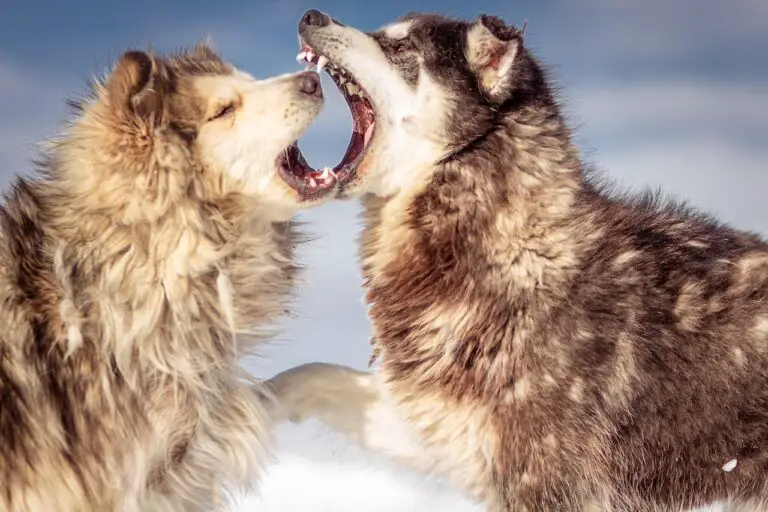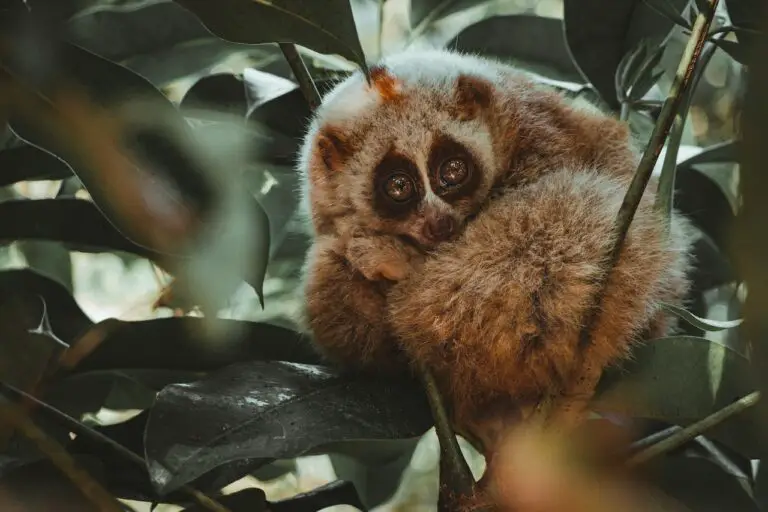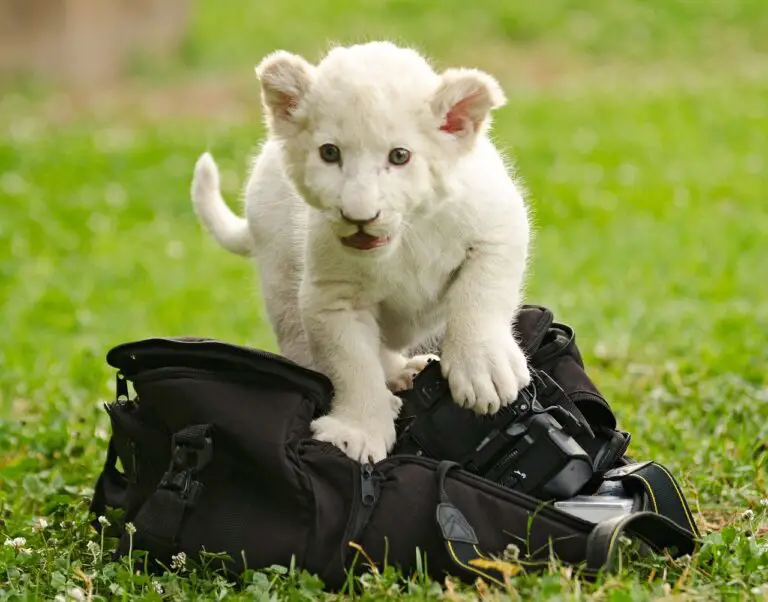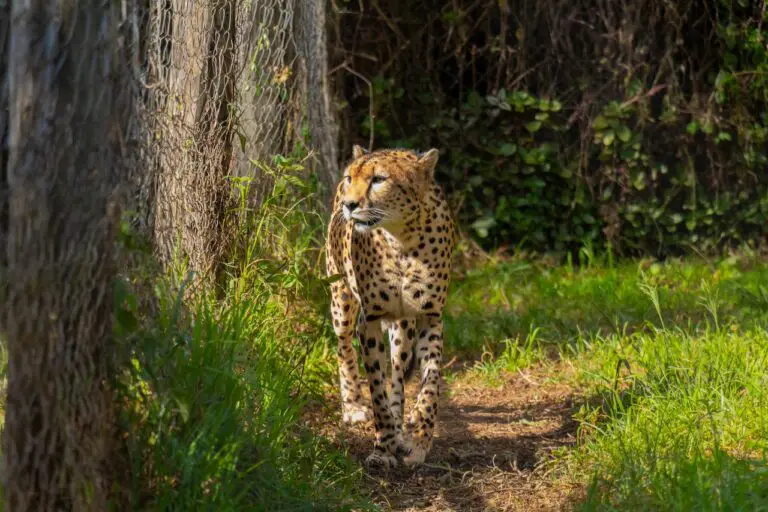The Environmental Impact of Owning an Exotic Pet (Incl. Solutions)
Exotic pets are animals that are not commonly kept as pets and often come from different parts of the world.
Some examples of exotic pets include reptiles, birds, and small mammals such as hedgehogs and sugar gliders.
While they may seem fascinating and unique, owning an exotic pet can have serious environmental consequences.
This article will explore the various ways in which owning an exotic pet can negatively impact the environment and what can be done to mitigate these effects.
Key takeaways:
- Owning an exotic pet can have a significant environmental impact, from habitat destruction to carbon emissions.
- The exotic pet trade contributes to many environmental concerns and is often associated with illegal wildlife trafficking.
- It is important to consider the alternatives to owning an exotic pet, such as visiting zoos, watching nature documentaries, and supporting conservation efforts.
- By choosing to appreciate and learn about exotic animals in a responsible way, we can help protect the environment and support conservation efforts.
Habitat Destruction
Many exotic pets come from habitats that are already under threat due to human activities such as deforestation, mining, and agriculture.
When these animals are taken from their natural habitats, it can lead to further destruction and degradation of these ecosystems.
For example, the demand for reptiles as exotic pets has led to the depletion of many species in the wild, and in some cases, the complete destruction of their habitats.
1. Impact on Biodiversity
The loss of natural habitats due to the exotic pet trade can have severe consequences for biodiversity.
When a species is removed from its natural habitat, it can disrupt the delicate balance of the ecosystem.
In some cases, the loss of a single species can have a domino effect on the entire ecosystem, leading to the extinction of other species.
2. Solutions
One solution to the problem of habitat destruction is to only purchase pets that are captive-bred.
This helps to reduce the demand for wild-caught animals and can help to preserve their natural habitats.
Additionally, pet owners should ensure that they are not buying animals that are listed as endangered or threatened.
Introduction of Non-Native Species
Another negative impact of the exotic pet trade is the introduction of non-native species into new habitats.
When these animals are released into the wild, they can compete with native species for resources and even prey on them.
This can lead to a decline in the population of native species and even their extinction.
1. Impact on Ecosystems
The introduction of non-native species can have significant impacts on ecosystems.
For example, in the Everglades, the introduction of Burmese pythons has led to a decline in the population of native species such as raccoons, opossums, and rabbits.
This has had a ripple effect on the entire ecosystem, as these species play a critical role in the food chain.
2. Solutions
To prevent the introduction of non-native species, it is important to do research before purchasing an exotic pet.
Pet owners should ensure that the animal they are considering is not listed as an invasive species and will not pose a threat to the local ecosystem if released into the wild.
Climate Change
Finally, the exotic pet trade can contribute to climate change.
The transportation and distribution of these animals can result in greenhouse gas emissions.
On top of that, the maintenance of their habitats can also contribute to carbon emissions.
1. Impact on the Environment
The impact of the exotic pet trade on climate change is significant.
The transportation of animals can result in the release of carbon emissions, which contribute to global warming.
Moreover, the energy required to maintain their habitats can also contribute to carbon emissions.
2. Solutions
One solution to the problem of climate change is to purchase pets that have low carbon footprints.
This can include pets that do not require large habitats, such as small mammals or birds.
Additionally, pet owners can reduce their carbon footprint by using sustainable pet products and by reducing the amount of energy required to maintain their pet.
Conclusion
Owning an exotic pet may seem like a unique and exciting experience, but it can have serious environmental consequences.
The exotic pet trade contributes to habitat destruction, the introduction of non-native species, and climate change.
However, there are steps that can be taken to mitigate these effects, such as purchasing captive-bred animals and doing research before choosing an exotic pet.
Additionally, pet owners can reduce their carbon footprint by using sustainable products and reducing energy consumption.
FAQs
Are all exotic pets bad for the environment?
Not necessarily.
The impact of exotic pets on the environment depends on the specific animal, where it comes from, and how it is acquired.
Is it legal to own exotic pets?
The legality of owning exotic pets varies by country and state.
It is important to research local laws and regulations before purchasing an exotic pet.
Can owning an exotic pet help conserve species?
While some argue that owning exotic pets can help to conserve species, there are many factors to consider, such as:
- The impact on the animal’s natural habitat
- The risk of introducing non-native species into new ecosystems.
Can captive breeding help to reduce the impact of the exotic pet trade on the environment?
Captive breeding can help to reduce the demand for wild-caught animals and can potentially help to preserve natural habitats.
However, it is important to ensure that the breeding is done ethically and with the best interests of the animals in mind.
What can individuals do to reduce the impact of the exotic pet trade on the environment?
Individuals can research before purchasing an exotic pet, choose captive-bred animals, use sustainable pet products, and reduce energy consumption in the maintenance of their pets.
What are some alternatives to owning an exotic pet?
Some alternatives to owning an exotic pet include:
- Visiting a local zoo or wildlife sanctuary
- Watching nature documentaries
- Volunteering at a wildlife rehabilitation center
- Supporting conservation efforts
These alternatives not only provide a safe and educational way to appreciate exotic animals but also support conservation efforts to protect their natural habitats.
What are some examples of exotic pets?
Exotic pets can include a wide range of animals, such as:
- Tigers
- Lions
- Monkeys
- Parrots
- Reptiles
These animals are not native to the area where they are kept as pets and require special care and attention.
Peter Stones is the founder of Exotic Pets Place, the leading online resource for exotic pet care information.
With over 10 years of hands-on exotic pet ownership experience, he is deeply passionate about sharing his expertise to help others properly care for their unusual pets.
When he's not writing extensively researched articles or connecting with fellow exotic pet enthusiasts worldwide, you can find Peter at home tending to his own beloved menagerie of exotic animals.


![Discover The Top 10 Most Popular Exotic Pets [+ Characteristics], a bearded dragon](https://exoticpetsplace.com/wp-content/uploads/2023/05/Discover-The-Top-10-Most-Popular-Exotic-Pets-Characteristics-a-bearded-dragon-768x471.jpg)




